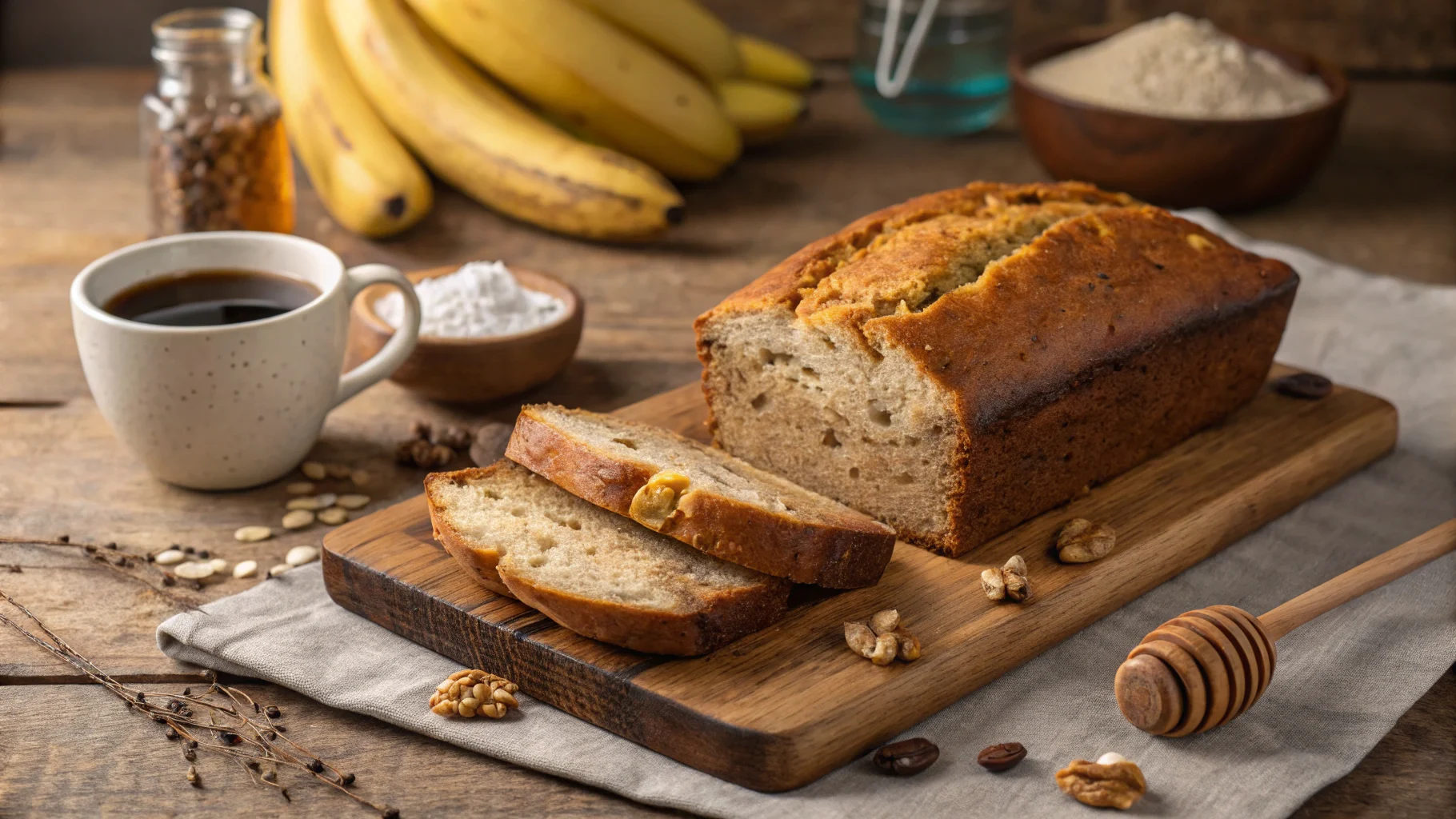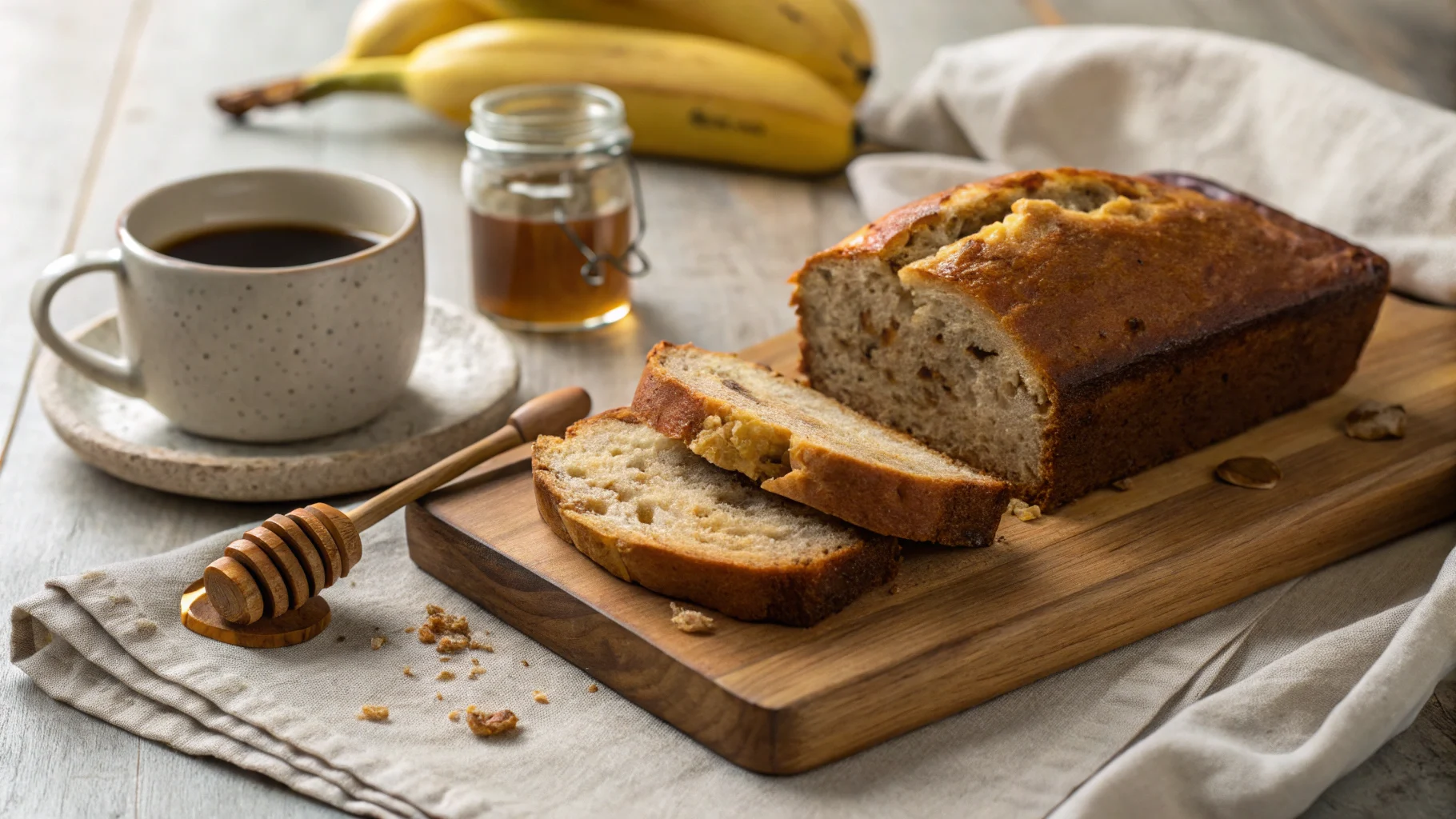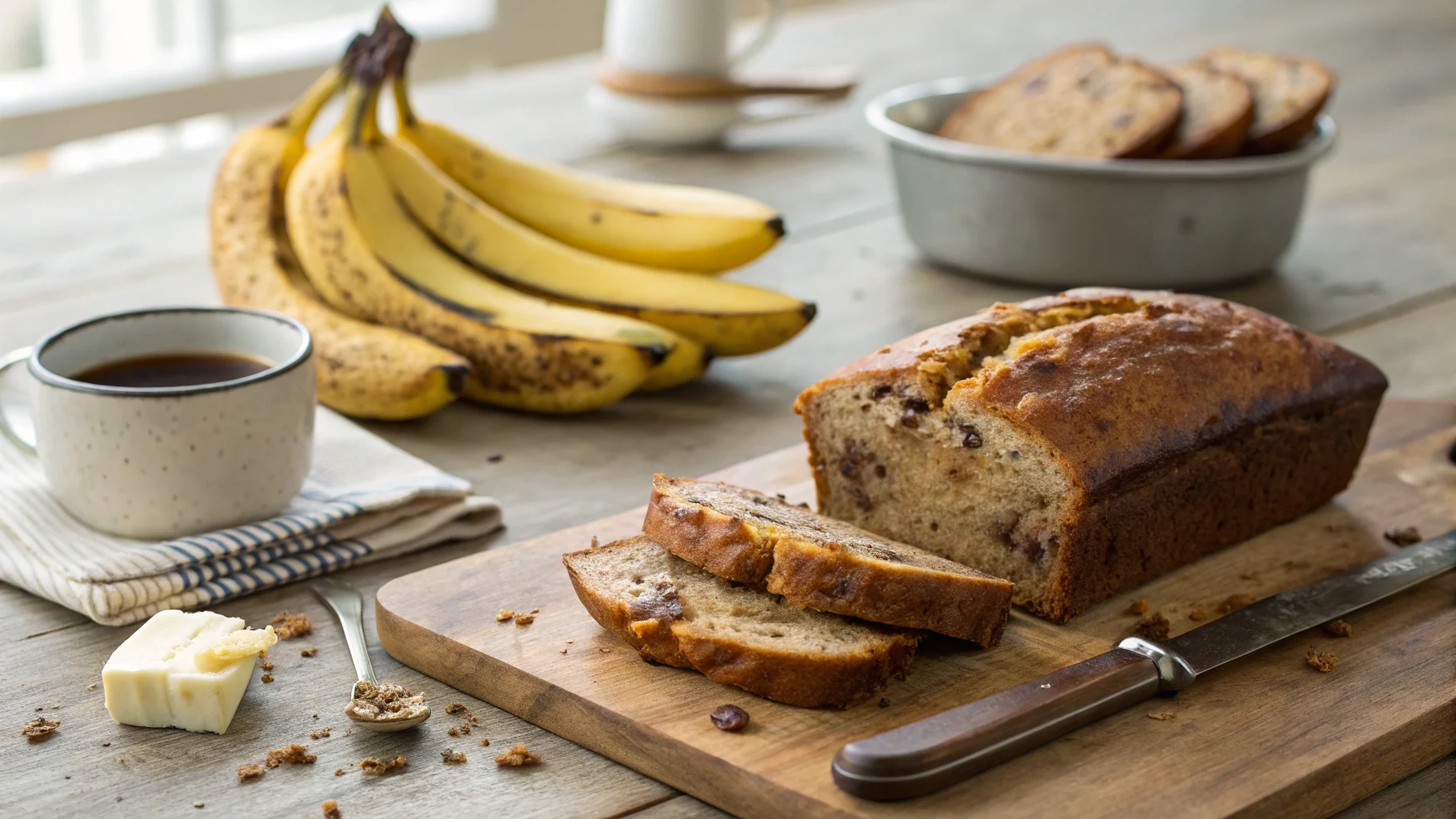Sweet and Sour Chicken: A Delicious Journey from Tradition to Your Table
The Allure of Sweet and Sour Chicken
Sweet and sour chicken is one of those dishes that just hits the spot every time. You know what I mean—it’s crispy, tangy, a little sweet, and downright irresistible. Whether you’re grabbing it as takeout or whipping it up at home, it’s a dish that feels like a warm hug for your taste buds. But have you ever wondered where this beloved classic came from or how you can make it better than your favorite restaurant?
Why This Dish is a Must-Try
Honestly, sweet and sour chicken is more than just a meal—it’s a story on a plate. The bold contrast of flavors, the satisfying crunch of golden-battered chicken, and the way it pairs perfectly with rice make it a favorite across continents. Plus, it’s surprisingly simple to make at home, and trust me, nothing beats the freshness of a homemade version. In this blog, we’ll explore its origins, guide you through the cooking process, and even share tips to customize it to your liking. So, let’s dive in and uncover the magic of sweet and sour chicken!
Table of contents
Tracing the Roots of a Classic Dish
Sweet and sour chicken might feel like a modern favorite, but its history goes way back. This dish has roots in Cantonese cuisine, where the balance of sweet and tangy flavors has always been a hallmark. Traditionally, dishes like pork with sweet and sour sauce were made with simple ingredients like sugar, vinegar, and soy sauce. The idea was to create a harmony of flavors that danced on the palate—sounds fancy, right?
Historical Beginnings in Chinese Cuisine
Sweet and sour flavors have been a staple of Chinese cooking for centuries. The Cantonese version, often used for pork or fish, was all about simplicity—vinegar for tang, sugar for sweetness, and maybe a bit of ketchup or soy sauce for depth. While it’s not 100% clear who first thought to swap pork for chicken, the switch was likely a response to Western preferences when Chinese immigrants brought their cooking styles to new shores.
Western Adaptations and Popularity
Here’s where things get interesting. When Chinese immigrants started opening restaurants in the U.S. during the 19th century, they adapted their traditional recipes to suit American palates. Americans loved bold flavors but also wanted something crispy, so battered and fried chicken became the perfect base for sweet and sour sauce. Over time, the dish evolved into what we know today—a tangy, slightly sticky, deep-fried delight served with pineapple chunks and vibrant bell peppers.
Let’s not forget the role of takeout culture here. Sweet and sour chicken became a Chinese-American icon, with its colorful sauce and crispy coating appealing to families looking for an easy weeknight treat. The dish spread across Europe, Australia, and even South America, with each region tweaking it just a little to suit local tastes.
Variations Across Cultures
What’s fascinating about sweet and sour chicken is how it’s been reimagined around the world. In the U.K., for example, it’s often paired with thick-cut chips (French fries for us Americans). In parts of Asia, it might be made lighter, with grilled chicken instead of fried. Some recipes add a kick of chili for heat, while others lean into the sweetness by using more pineapple or even orange juice in the sauce.
From its humble beginnings in Cantonese kitchens to its role as a global comfort food, sweet and sour chicken has come a long way. It’s proof that good food knows no borders—it just keeps evolving.
Your Guide to Homemade Sweet and Sour Chicken
Making sweet and sour chicken at home is easier than you might think. Sure, takeout is tempting, but there’s something so satisfying about creating this dish from scratch—plus, you can tweak it just the way you like it! From the crispy chicken to the tangy sauce, let’s break it all down step by step.
Essential Ingredients and Their Roles
Before you get cooking, let’s talk ingredients. Sweet and sour chicken isn’t complicated, but each component plays a key role in nailing that signature flavor and texture.
- Chicken: Boneless, skinless chicken thighs or breasts work best. Thighs are juicier, while breasts offer a leaner option.
- Batter: A combination of cornstarch and flour creates a light, crispy coating for the chicken. Don’t skip this—it’s what gives you that satisfying crunch!
- Vegetables: Bell peppers (red, green, or yellow) add color and crunch, while onions balance the flavors.
- Pineapple: The secret ingredient! It adds sweetness and tanginess, making the dish pop. Use fresh or canned pineapple chunks.
- The Sauce: This is where the magic happens. It’s a mix of ketchup, vinegar, sugar, soy sauce, and sometimes pineapple juice. Sweet and tangy, with a hint of umami.
- Oil: For frying the chicken. Use a neutral oil like canola or vegetable oil.

Step-by-Step Preparation Method
Ready to cook? Here’s a simple guide to making sweet and sour chicken that’ll impress your family—or even yourself!
- Prep the Ingredients:
- Cut the chicken into bite-sized chunks and season with a pinch of salt and pepper.
- Chop the bell peppers and onions into similar-sized pieces. Drain the pineapple if you’re using canned.
- Make the Batter:
- In a bowl, mix equal parts cornstarch and all-purpose flour with a pinch of salt. Add a splash of water to create a thick batter.
- Coat and Fry the Chicken:
- Dip the chicken pieces into the batter, ensuring they’re fully coated. Heat oil in a deep pan or wok over medium-high heat. Fry the chicken in batches until golden brown and crispy (about 4-5 minutes per batch). Remove and place on a paper towel to drain excess oil.
- Prepare the Sauce:
- In a small bowl, mix ketchup (about 1/4 cup), rice vinegar, sugar, soy sauce, and pineapple juice if you have it. Taste and adjust for sweetness or tanginess as needed.
- Stir-Fry the Vegetables:
- Heat a tablespoon of oil in a wok or large skillet. Add the onions and bell peppers, stir-frying for about 2 minutes until slightly tender but still crisp.
- Combine Everything:
- Pour the sauce into the wok with the veggies and stir until it starts to thicken (this happens quickly!). Add the fried chicken and pineapple chunks, tossing everything to coat evenly.
- Serve:
- Transfer the sweet and sour chicken to a serving platter. Garnish with sesame seeds and chopped green onions. Serve with steamed white rice or fried rice.

Tips for Achieving Restaurant-Quality Results
- Keep the Oil Hot: Maintain a steady frying temperature (around 350°F) to ensure the chicken stays crispy. If the oil’s too cool, the batter will soak up oil and turn soggy.
- Balance the Sauce: Adjust the sweet and tangy levels to your liking. If it’s too sour, add a pinch of sugar; if it’s too sweet, splash in a bit more vinegar.
- Don’t Overcook the Veggies: Keep the bell peppers and onions crisp to add texture and a fresh bite.
- Double Fry for Extra Crunch: For the ultimate crispy chicken, fry the pieces twice. Fry them once until pale golden, let them cool, and fry again until deeply golden and crunchy.
Sweet and sour chicken is all about finding that perfect balance of flavors and textures. Once you’ve nailed this process, you’ll never look at takeout the same way again!

Understanding the Nutritional Profile
Sweet and sour chicken is undeniably delicious, but what’s in it when it comes to nutrition? Like most fried dishes with a sauce, it can be a bit indulgent, but that doesn’t mean it can’t fit into your diet. Let’s break it down and talk about how to enjoy it while keeping your health goals in check.
Calorie Content and Macronutrient Breakdown
The calorie count of sweet and sour chicken can vary depending on the portion size, frying method, and sauce ingredients. On average:
- Calories: A single serving (about 1 cup) contains roughly 300–400 calories.
- Protein: The chicken provides around 15–20 grams of protein per serving.
- Carbs: Expect about 25–35 grams of carbohydrates, mainly from the sauce and any rice you serve on the side.
- Fat: With frying involved, you’re looking at 10–15 grams of fat per serving, depending on the batter and oil used.
While the dish isn’t exactly “low-cal,” it packs a satisfying mix of nutrients. The protein from the chicken helps keep you full, while the vegetables and pineapple add a small dose of vitamins and fiber.
Healthier Preparation Alternatives
Craving sweet and sour chicken but want a lighter version? Here are a few tips to trim the calories and boost nutrition:
- Bake Instead of Frying:
- Skip the deep frying and bake the battered chicken in the oven at 400°F for about 20 minutes, flipping halfway through. You’ll still get crispy pieces without the added oil.
- Air Fryer Option:
- Use an air fryer to achieve that golden crunch. Coat the chicken in breadcrumbs or panko for extra crispiness without the extra oil.
- Lighten the Sauce:
- Replace sugar with natural sweeteners like honey or maple syrup. You can also reduce the amount of ketchup and use fresh tomato puree for a less sugary option.
- Use Leaner Ingredients:
- Opt for skinless chicken breast instead of thighs, and cut back on the batter if you’re watching carbs.
Balancing Indulgence with Dietary Goals
Here’s the thing: sweet and sour chicken isn’t something most of us eat every day, and that’s okay. It’s all about balance. If you’re enjoying it as part of a bigger meal, try pairing it with:
- Steamed Vegetables: Broccoli, snap peas, or carrots add volume to your plate without extra calories.
- Brown Rice or Cauliflower Rice: Swap white rice for a whole-grain option or low-carb cauliflower rice for a fiber boost.
- Smaller Portions: Stick to a smaller serving of chicken and focus on filling your plate with lighter sides.
And let’s not forget the mental health aspect—sometimes, you just need to savor your favorite comfort food guilt-free. Sweet and sour chicken can absolutely fit into a balanced lifestyle when enjoyed in moderation.
Addressing Common Questions
Sweet and sour chicken sparks a lot of curiosity, and it’s no wonder—it’s a dish with rich history, bold flavors, and global appeal. Let’s tackle some of the most frequently asked questions about this classic favorite.
How many calories are in Chinese sweet and sour chicken?
The calorie count for Chinese sweet and sour chicken depends on how it’s prepared. On average, a single serving (around 1 cup) contains about 300–400 calories. This includes the fried chicken, sauce, and vegetables. If paired with rice, the calorie count can increase by 150–200 calories per serving. Choosing lighter cooking methods like baking or air frying can lower the total calories.
What is the difference between General Tso’s and sweet and sour chicken?
Both are Chinese-American favorites, but they’re quite different! General Tso’s chicken is known for its bold, spicy, and slightly sweet flavor, while sweet and sour chicken leans heavily on a tangy-sweet profile with no heat. General Tso’s also uses a darker, thicker sauce with soy and hoisin, whereas sweet and sour chicken features a brighter red sauce with ingredients like ketchup and vinegar.
Is sweet and sour chicken Chinese or Japanese
Sweet and sour chicken is rooted in Chinese cuisine, particularly Cantonese cooking. The sweet and sour flavor profile has been part of Chinese food traditions for centuries, but the deep-fried chicken version with the vibrant red sauce was popularized in Western countries like the United States. It’s not a Japanese dish, though some Japanese dishes use similar flavor notes.
What country is sweet and sour chicken from?
The dish originates from China, with its roots in Cantonese cuisine. However, the version we’re familiar with—crispy fried chicken coated in a sweet and tangy sauce—was developed and popularized in the United States as part of Chinese-American cuisine. Over time, it spread globally, becoming a beloved comfort food in many countries.
Bringing It All Together
Sweet and sour chicken is more than just a meal—it’s a story of culinary fusion, cultural adaptation, and pure deliciousness. Whether you’re diving into its history, mastering it in your own kitchen, or customizing it to suit your taste, there’s no wrong way to enjoy this dish.
So, what’s stopping you? Gather your ingredients, grab your wok, and create your own version of sweet and sour chicken today. Trust me, once you taste that crispy chicken coated in tangy sauce, you’ll see why this dish has captured hearts (and stomachs) around the world.





